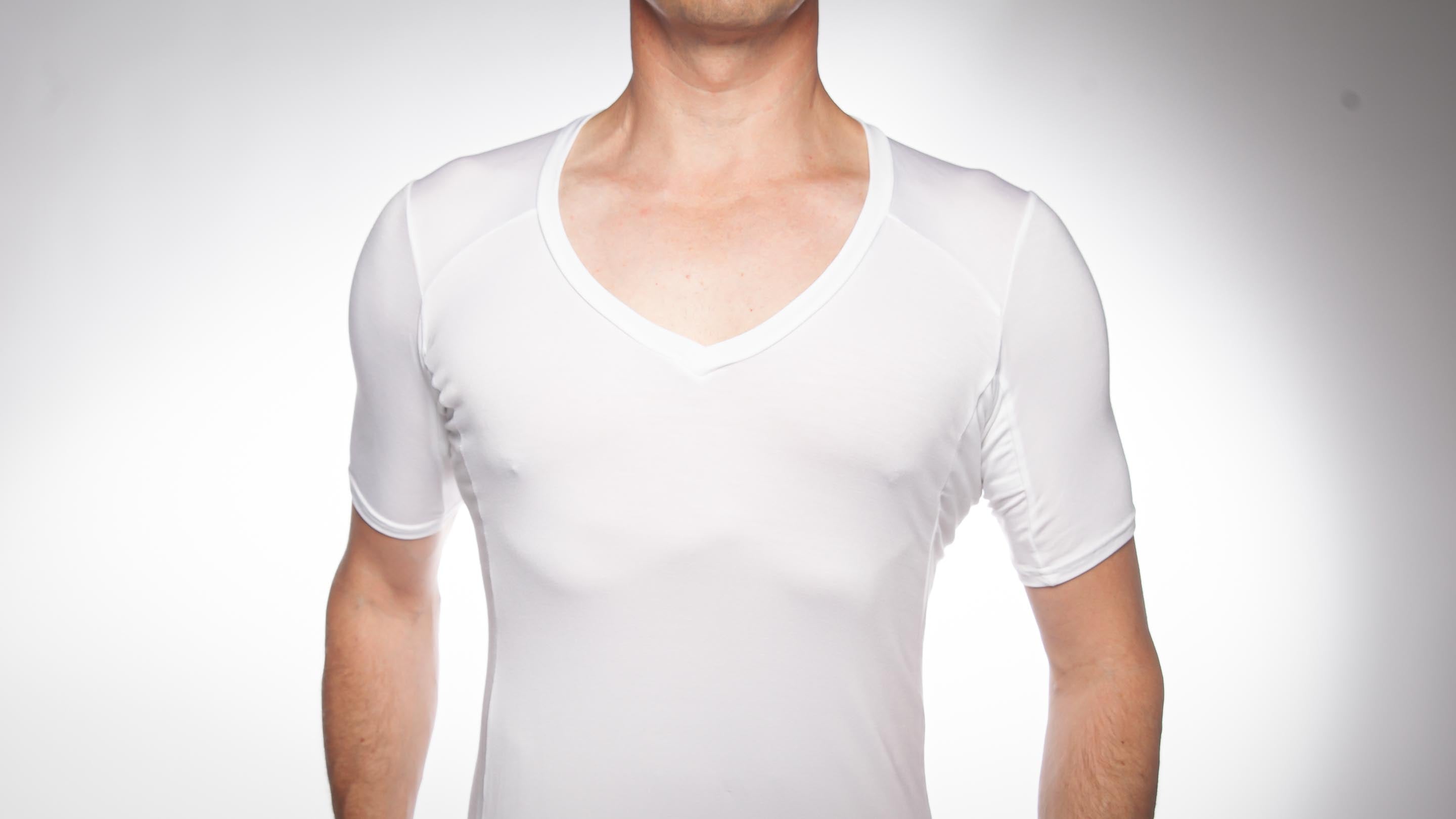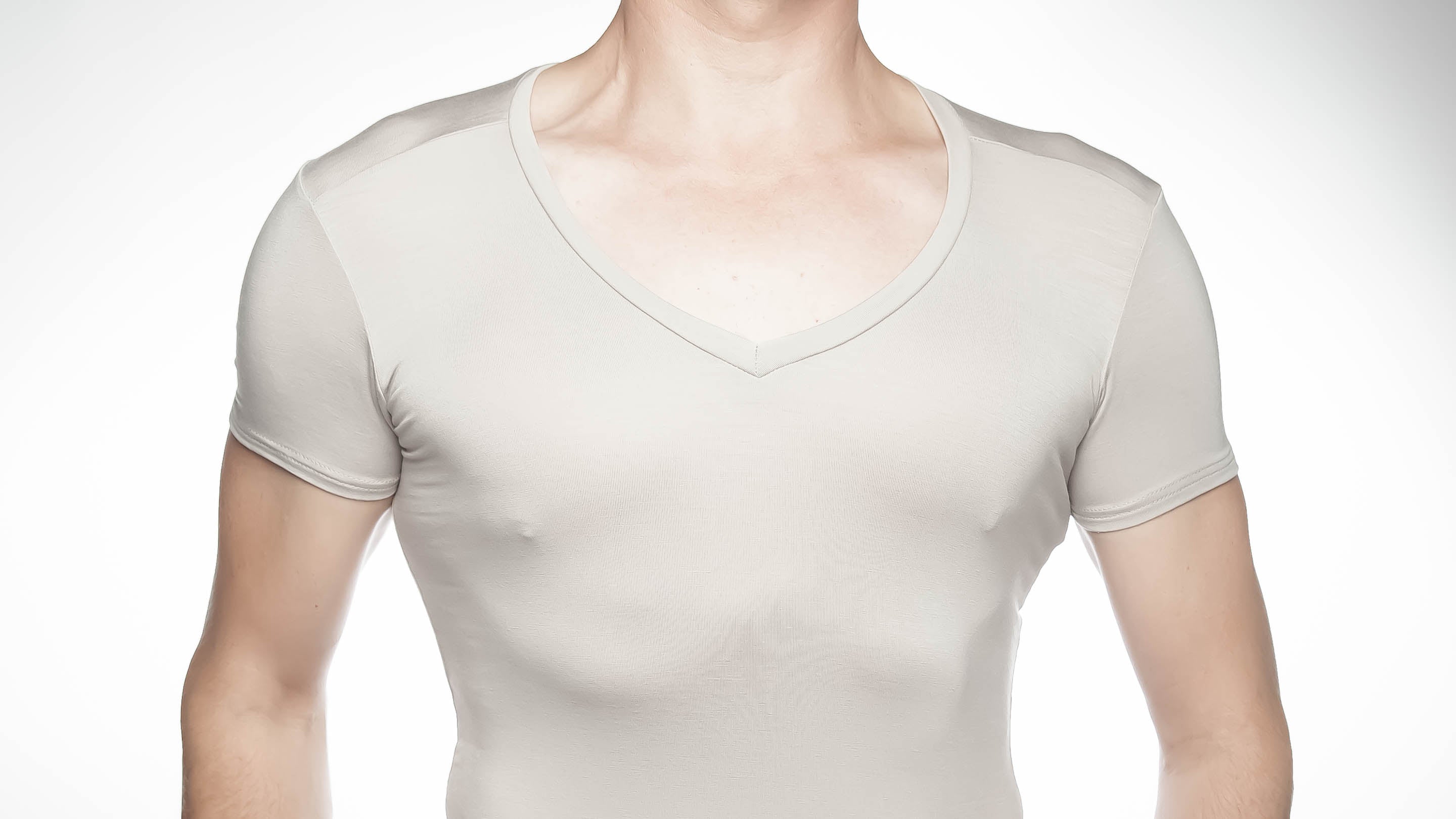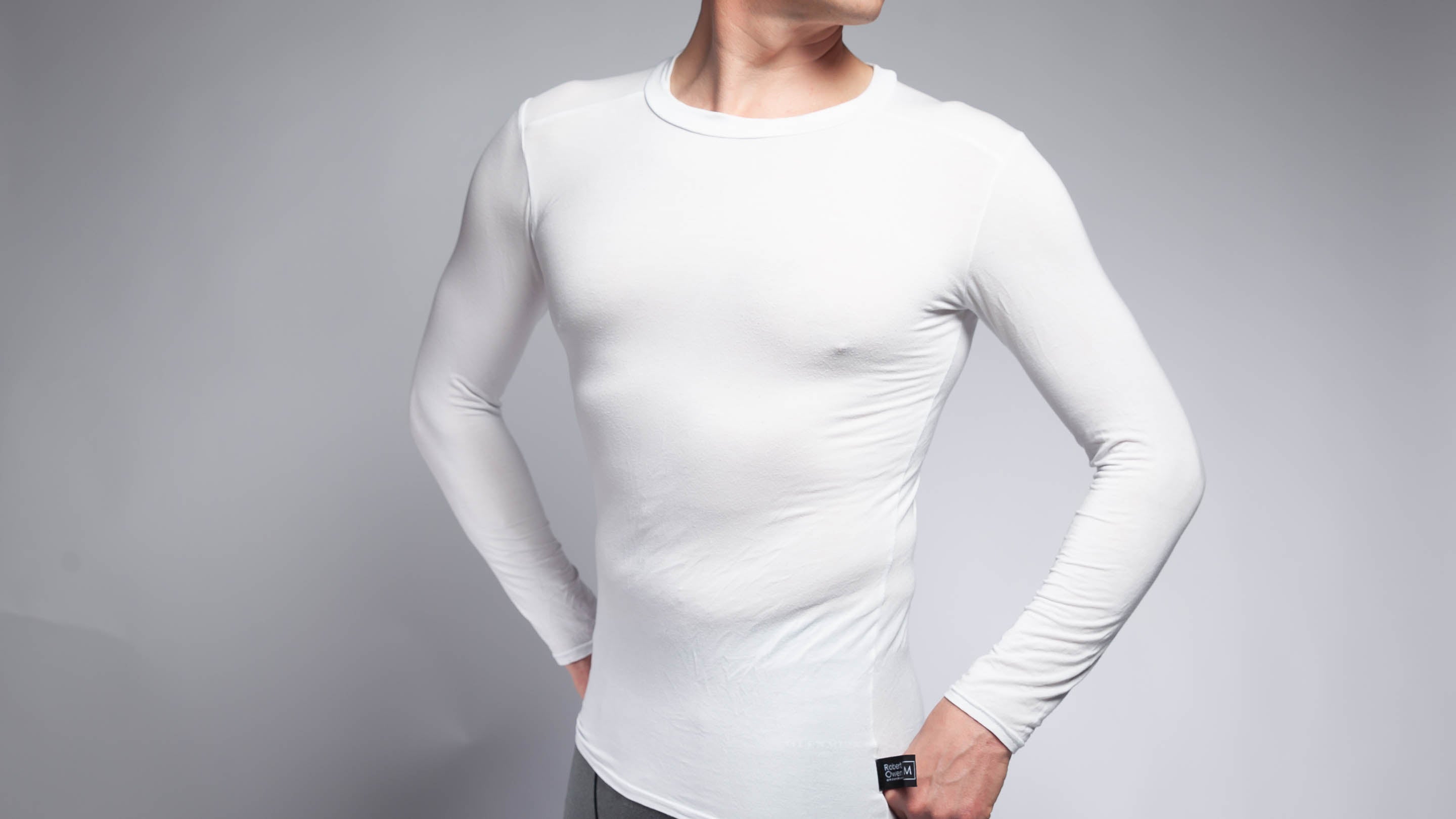Is bamboo fabric antibacterial?
There are many claims about bamboo fabric, one of which is that it's antibacterial. But is there any scientific evidence to support this? I've looked at two scientific studies which specifically cite bamboo viscose (which in reality is just a viscose, also known as rayon in the USA). This is a summary of the findings.
Why does a fabric being antibacterial matter?
Let's start with why a fabric being antibacterial could make a difference to you. In a nutshell, it could help you smell less when you sweat.
Why do we smell, especially when we sweat?
Why do we sometimes get smelly? Why do clothes pong so much after a heavy session in the gym? Your body has two main types of sweat glands (eccrine glands and apocrine glands), and they produce two different types of sweat. Both types of sweat are odourless; sweat only starts to smell when bacteria turn them into other more odorful compounds. The smells are created by sweat and bacteria reacting. Bacteria are naturally present on skin and clothes. It, therefore, follows that fabrics which inhibit bacteria growth will also help reduce the intensity of body odour.
What does the research say about antibacterial fabrics?
There is evidence that bacteria growth rates are impacted by the types of fabric. The effects vary between strains of bacteria and fabric composition. Alas, it's not a simple case of natural fabrics vs synthetic fabrics. Let's take a look at two example studies.
Study 1 - Microbial Odor Profile of Polyester and Cotton Clothes after a Fitness Session
In this study, five common skin bacteria were grown on seven different fabrics (polyester, acryl, nylon, fleece, viscose, cotton, and wool). The bacterial were cultivated for 48 hours, then extracted and counted. The results can be seen in this table.
The paper concludes that broadly speaking, bacteria growth was highest in polyester and least on viscose. These bacteria types include those typically associated with body odour (e.g. Staphylococcus hominis and Micrococcus luteus ). On the face of it, this study makes a good case for viscose as an excellent fabric for underwear (undershirts in particular) but, a note of caution. The study notes that "No bacterial enrichment was seen on viscose, a textile made from regenerated wood cellulose. Viscose showed very low bacterial extraction efficiencies. Further research is needed to confirm the absence of bacterial growth on viscose." So the results are perhaps too good to be true.
There are two other results of note. The first is about wool, which had high on bacterial growth but scored low on odour intensity. That result chimes with the commonly held belief that (merino) wool is an excellent base layer if you need to wear it for days at a time.
The second concerns nylon. Nylon appears to encourage the growth of Propionibacterium spp which are known to cause an acidic, intense foot odour. Perhaps then, nylon is not an ideal mix for socks.
Study 2 - Microbial Odor Profile of Polyester and Cotton Clothes after a Fitness Session
This study, published in the Journal of Family Ecology and Consumer Sciences, has also shown that bamboo viscose and generic viscose fabrics appear to be antimicrobial.
This study looked at whether viscose sourced from bamboo had superior antibacterial qualities over other viscose fabrics and cotton. There are claims that bamboo viscose fabrics have a unique antibacterial quality, due to an antimicrobial bio-agent called "bamboo kun". Kun is found naturally in the living bamboo fibre. Due to the kun bamboo fabric is sometimes said to be naturally antibacterial, antifungal and odour resistant. However, is some debate about whether this 'bamboo kun' property is lost in the processing of bamboo into bamboo viscose (or rayon) fabric.
This study found that bamboo viscose and other viscose both demonstrated antibacterial qualities when compared to cotton. It found that viscose from bamboo and other viscose fabrics performed the same. Sourcing the viscose from bamboo did not show any superior antimicrobial properties over other viscose fabrics. Cotton was not found to possess these antibacterial qualities.
So, according to this study, bamboo viscose does have antibacterial qualities, although this quality also applies to all viscose fabrics.
In our own smell tests...
We've also conducted our own experiment, which we call our 'smell test'. It is a simple test where we wear the same undershirt and give it a 'smell test' at the end of the day to see how many days it could go before it started to 'pong'. In our (very subjective) tests, we found that the bamboo viscose undershirt would last for about three days, whereas a cotton T-shirt would start to smell by the end of the first day. Obviously, this was in no way a scientific experiment. Still, it is in line with the results of the above two studies.
Our conclusion?
It appears, from the two scientific studies, that fabrics made from viscose do inhibit the growth of bacteria and hence could be less smelly in situations where you sweat. Conversely, polyester and wool promote bacteria growth and could make you smell more quickly. Viscose is an ideal fabric for wearing next to your skin. Not only does it feel amazingly soft, lightweight and breathable, but it also stays fresher for longer. That's why we choose it for our undershirts.





